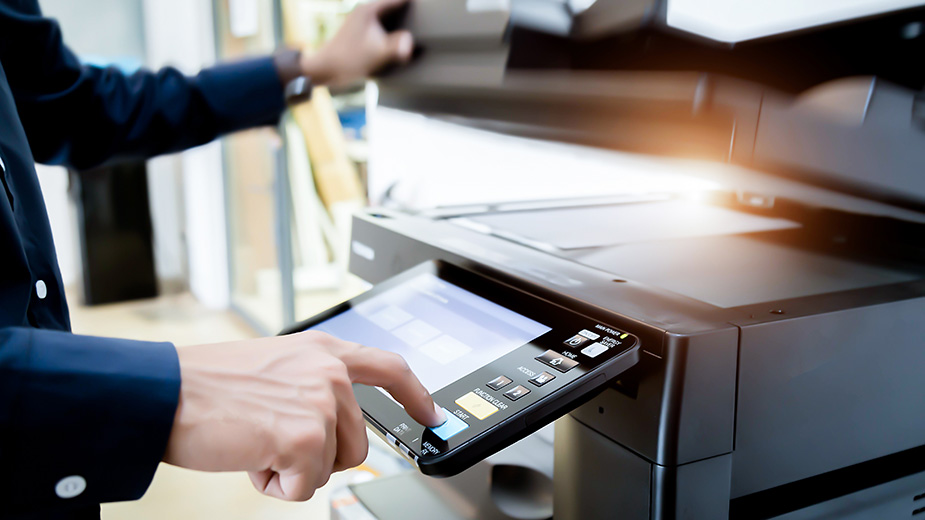YOUNGSTOWN, Ohio – Copiers, printers and phones still perform the fundamental tasks assigned them last century but the networks that support and operate this technology have rapidly evolved.
Office technology has not changed all that drastically as some perceive, says Eliot Shaffer, director of cloud architecture and administration of Doing Better Business. The company is a technology solutions and service organization based in Altoona, Pa., with a local office in Boardman.
“Equipment has stayed relatively the same since it was first invented. The biggest changes in hardware have been cost, efficiency and reliability,” Shaffer says. “All manufacturers try to make things better, faster, cheaper to entice clients to stay with their brand and/or switch brands.”
Copy machines and printers entered the market in the 1960s and ’70s and quickly rose in popularity. The machines of today are more compact and technologically advanced, and perform more functions.
Copiers still copy and printers still print. But nearly all office equipment now has some form of network interface, says Jason Wurst, vice president of TSI (Tele-Solutions Inc.). A network interface card is a hardware component, typically a circuit board or chip, which is installed on a computer so it can connect to a network.
A copier in your office is no longer just a copier, Shaffer says – it’s a link between legacy [paper] processes and digital processes through the scanner.
“All copiers now have memory, chips, network interface cards and onboard software. They are a PC endpoint in your local area network. Also, all copiers require some form of software on your PC to communicate with the device so it’s one more application managed by your IT infrastructure,” Shaffer says.
Hundreds of available software packages are also available to tie into current databases, Shaffer says, which means they can push/pull from those databases and manage data and documents within the equipment or within the cloud.
The ability to connect so many different pieces of technology with the internet introduced the “internet of things,” which TSI’s Wurst says is the biggest challenge with office technology today.
The internet of things, or IoT, is a system of interrelated computing devices, mechanical and digital machines and objects that are provided with unique identifiers [UIDs] and the ability to transfer data over a network without requiring human-to-human or human-to-computer interaction.
“One of the biggest changes in office technology over the last decade has been the trend toward IoT. In today’s IoT world, everything is connected. Almost every business technology we use has attached itself to our networks,” Wurst says. “With all this connectivity come new complications and challenges.”
Now that most offices and their processes have gone digital, the need for security is paramount, he continues. Every device becomes a possible point of entry for a cyberattack and having all the devices connected on one network means one breach could result in catastrophe.
Cybersecurity goes beyond computers. Printers, copiers and phones connected to the internet are just as vulnerable to a cyberattack. Once cybercriminals gain access to a printer, they can access the sensitive or confidential documents stored, send unauthorized print jobs and launch wider scale attacks, according to CyberNews.
Protecting every potential port of entry can be a daunting task for business owners. Wurst recommends hiring an expert to ensure all bases are covered.
“Our suggestion for any business owner in this situation is to get help. That’s where companies like ours can bridge the gap,” Wurst says.
